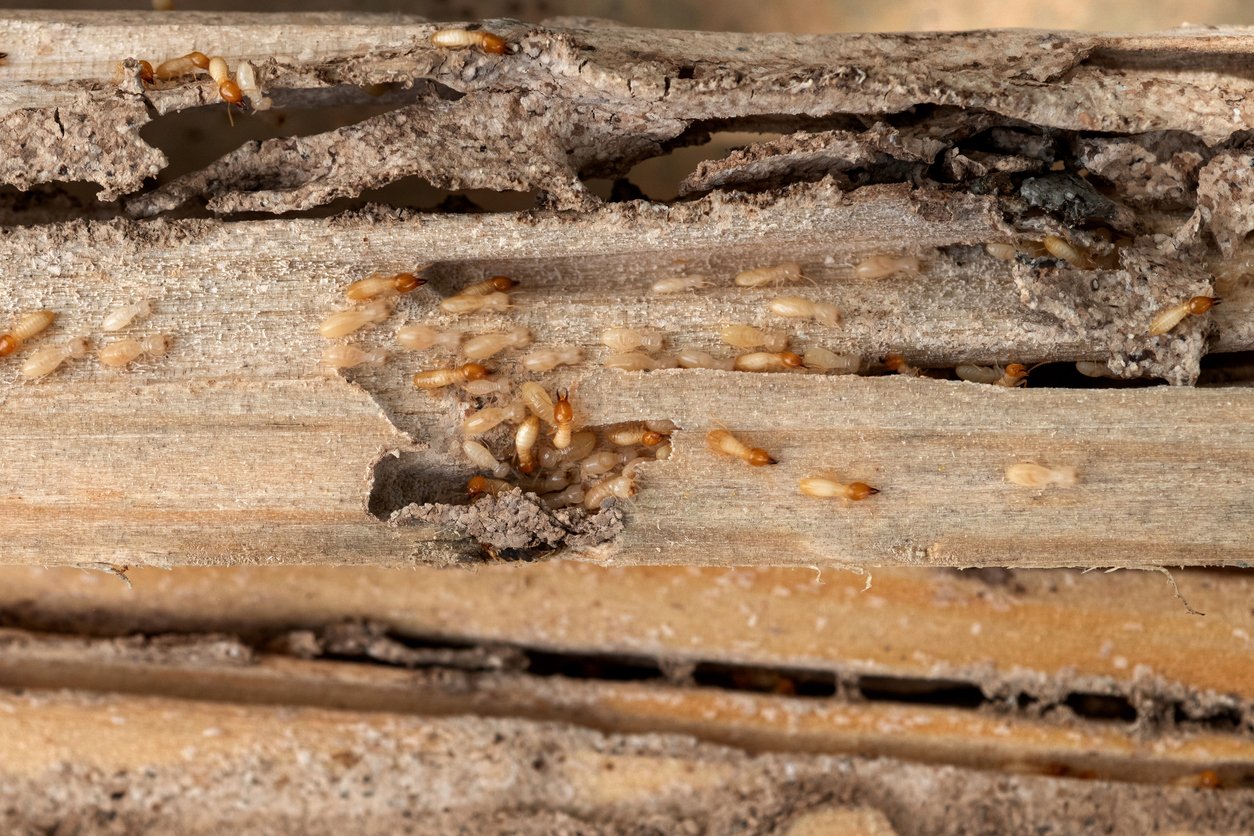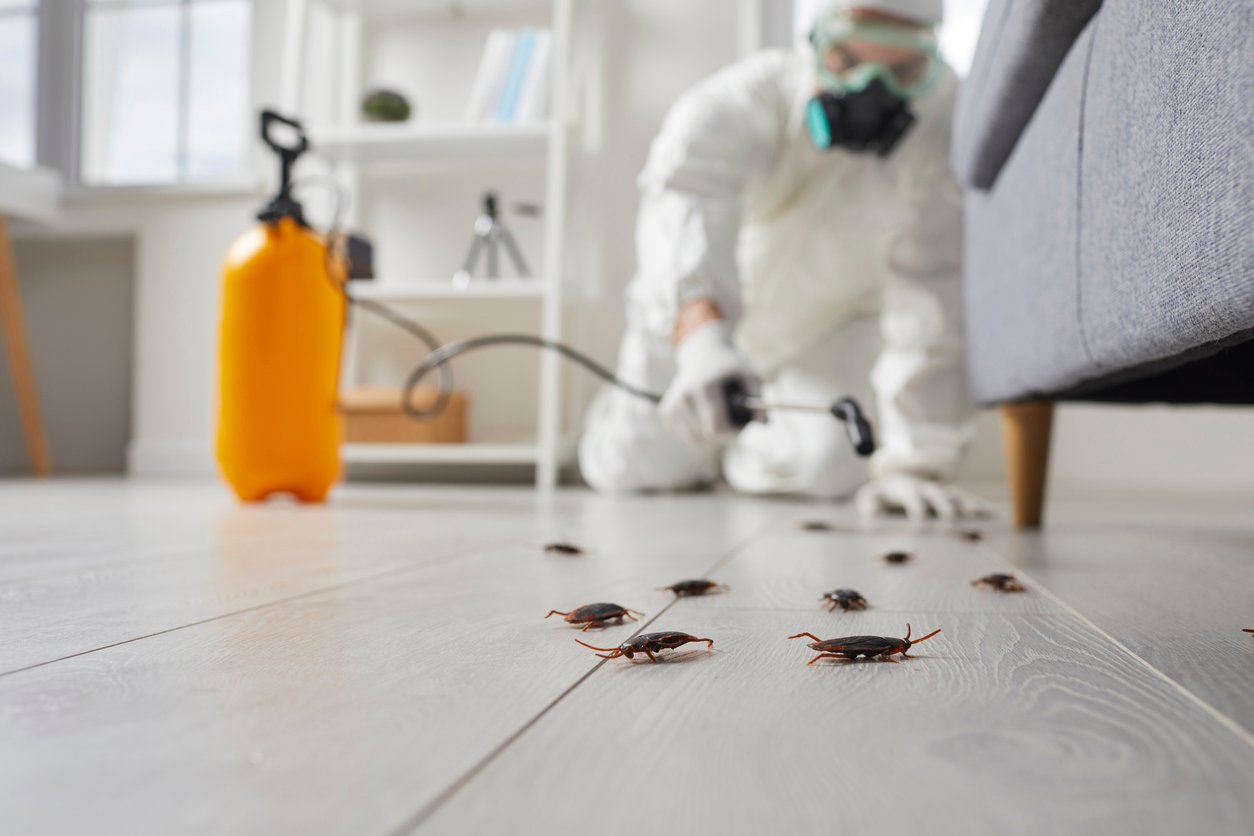DIY Pest-Proofing Your Attic

Do you hear strange noises coming from the attic? It could be wildlife invaders making a new home in your space. Besides being annoying, animals in the attic can pose health and fire hazards.
Taking steps to limit wildlife’s access to your home and humanely removing any invading critters will ensure your attic remains a storage space and not an animal sanctuary.

What kind of wildlife invades attics?
Small intruders like rodents, squirrels, and birds are known to commonly sneak into attics, but larger animals can find their way inside, too.
Mice, roof rats, and bats usually enter homes while searching for food or shelter, especially in the winter. Larger pests like racoons may enter through force by ripping off shingles or chewing holes in the sides of buildings. Since all of these animals are excellent climbers, reaching an attic is not a hard feat.
Birds can enter through broken eaves or attic windows and will roost in rafters or other spaces that look promising for a nest.

Signs animals are in your attic
The pests that commonly invade attics are good at hiding, but they do leave signs of their presence.
Droppings or urine are sure signs there is wildlife in an attic. Animals often use insulation, paper, or cardboard to build nests, or they may bring in materials from outside like leaves and twigs. Hungry animals will munch on cardboard boxes or other items being stored in the space.
Holes in siding or damaged ducts may be a sign that a racoon has forced its way into the attic. Strange noises like scratching, gnawing, squeaking, or even hissing are good identifiers of attic pests as well.

Safely removing pests from an attic
Identifying which pest has made their way into your attic may require a pest management professional, but depending on the invader, there are some steps you can take yourself.
For birds, the most effective method is to open a window and let them leave on their own. If your attic does not have a window, wait until the bird has left, remove the nest (as long as it does not have any eggs) using gloves, and seal off the opening the bird was using to access the attic.
Exclusion doors are an effective and humane way to limit wildlife’s access to your attic and to encourage them to nest elsewhere. These doors act as a one-way tunnel or doorway that allows for pests to leave an attic, but not return. These should be installed once you discover an animals’ main entry and exit point. After all of the animals have left, the hole can be patched.
Rodent control usually requires a multi-step approach and treatment plan that combines product use, rodent-proofing, harborage reduction, and trapping. Since rodents can carry a multitude of diseases, removing carcasses, droppings, and any other traces should be done as soon as possible.
There are laws in several states concerning the trapping and removal of bats. If these critters are discovered in your attic, the best course of action is to contact a pest management professional.
Ignoring a pest could lead to other pest problems. Droppings or outside food brought in by pests could introduce certain flies and carpet beetles, which could end up doing additional damage to items stored in the attic.
Wildlife harboring in attics can also increase a home’s risk of fires, which some insurance companies do not cover. Home fires have been linked to wiring that has been chewed on by mice, rats, or even squirrels. For peace of mind, schedule time to check your attic regularly to ensure you have no unwelcome house guests.

Keeping animals out of the attic
Pest-proofing your home and attic doesn’t have to be hard. Taking a few extra measures can make all the difference and protect your belongings, the structural integrity of your home, and your sanity.
Starting outdoors, prune back any bushes or tree branches that are encroaching on the house. Block easy entryways that pests may use. You can secure the chimney with a cap and use high quality, rust-proof wire mesh to cover any vents or roof openings. Avoid leaving pet food or trash outside that may invite hungry pests to your home.
Inside, opt for plastic storage bins instead of cardboard boxes. Hungry intruders may nibble boxes, damaging items stored inside and even using bits of the boxes for nests. Sealing off any cracks or gaps in siding, around windows, or in eaves is a quick and easy way to prevent wildlife from entering in the first place.
If you have found evidence of pests in your home or think something has made a home in your attic, give us a call. The Moxie Pest Control branch closest to you can provide specific guidance about the types of pest management, exclusion, and removal options offered (services vary by branch). We’re looking forward to helping any way we can!



